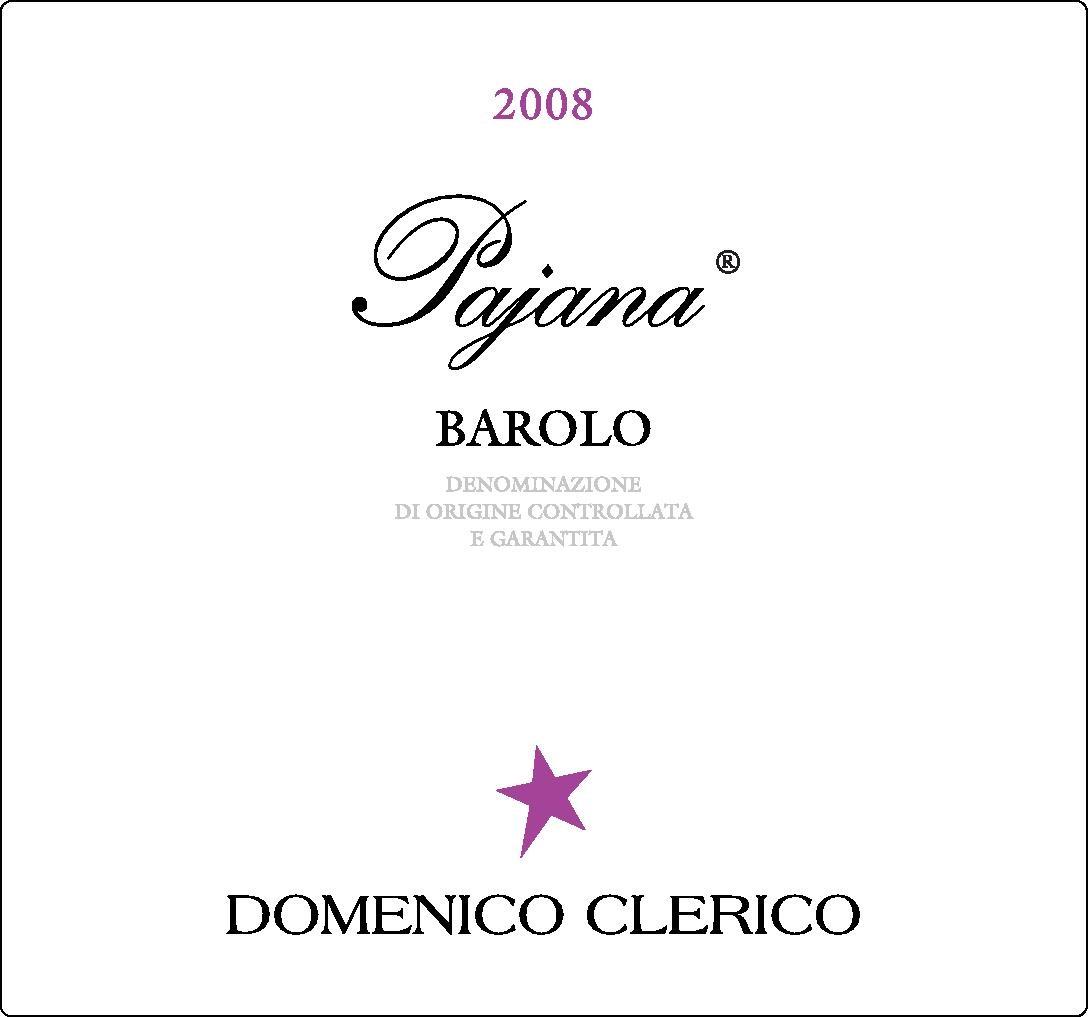2008 Barolo Red Blend
Domenico Clerico Pajana is an exquisite red blend hailing from the renowned Barolo region, celebrated for its rich winemaking heritage. The 2008 vintage reveals a captivating ruby-red hue, which hints at the complexity within. This full-bodied wine boasts pronounced acidity, lending it a vibrant, mouthwatering quality that invigorates the palate. The fruit intensity is prominent, showcasing lush notes of dark cherries and ripe blackberries intertwined with subtle undertones of earth and spice. Its tannins are notably firm yet well-integrated, providing a structured framework that enhances the wine's longevity and depth. With a dry profile, this beautifully crafted blend is perfect for pairing with hearty dishes or savoring on its own, truly embodying the essence of Barolo's character.
Domenico Clerico Pajana is an exquisite red blend hailing from the renowned Barolo region, celebrated for its rich winemaking heritage. The 2008 vintage reveals a captivating ruby-red hue, which hints at the complexity within. This full-bodied wine boasts pronounced acidity, lending it a vibrant, mouthwatering quality that invigorates the palate. The fruit intensity is prominent, showcasing lush notes of dark cherries and ripe blackberries intertwined with subtle undertones of earth and spice. Its tannins are notably firm yet well-integrated, providing a structured framework that enhances the wine's longevity and depth. With a dry profile, this beautifully crafted blend is perfect for pairing with hearty dishes or savoring on its own, truly embodying the essence of Barolo's character.




